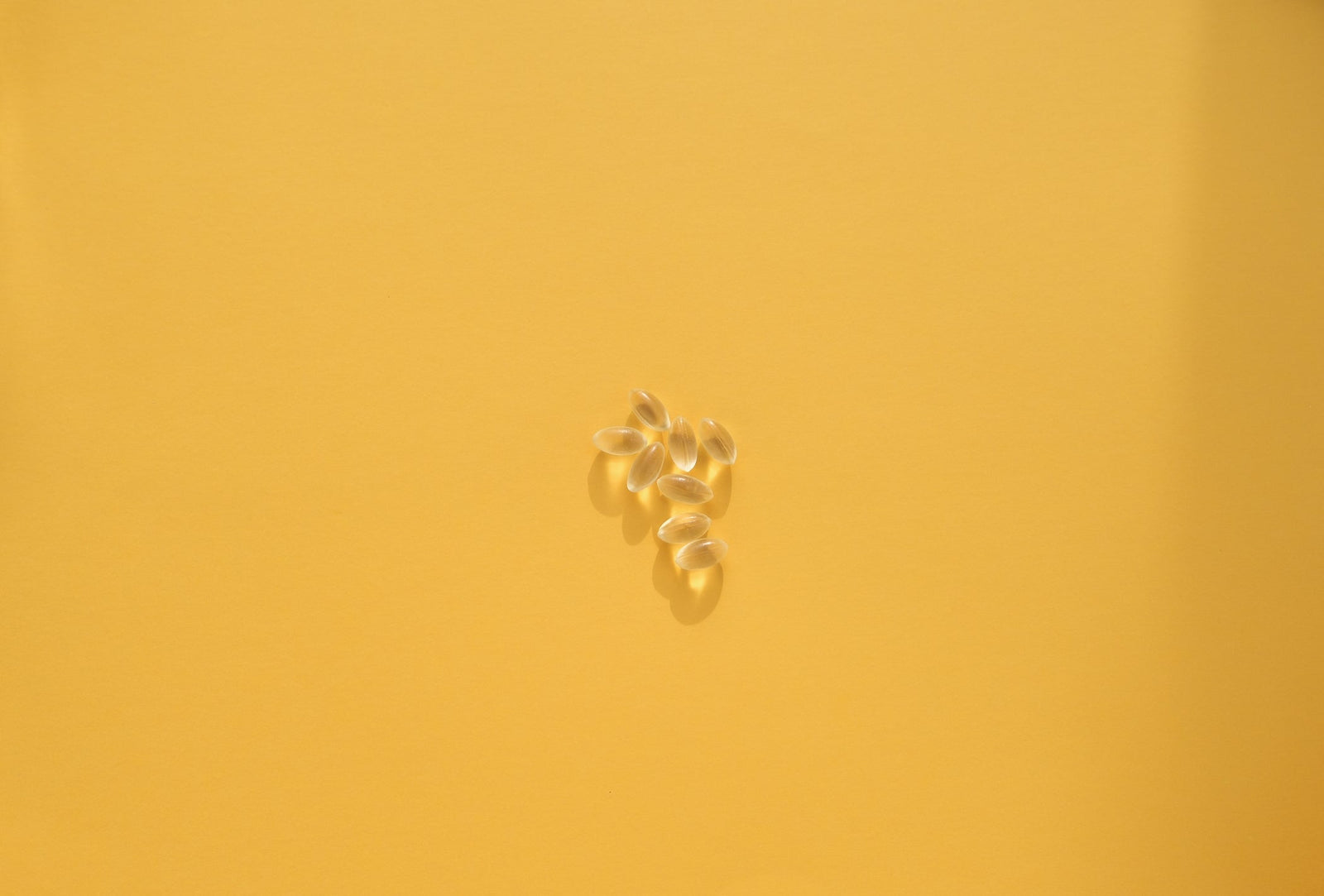Your Cart is Empty

November 29, 2018 5 min read
With a change in season, many of us are looking forward to cozy evenings with family and friends, delicious food, fun social gatherings, and a little bit of holiday magic. On the flip side, this is when many of us fall victim to the season's fluvirus or cold bug and spend more days in pajamas than in sparkles. It seems to happen every year, but there are preventative steps we can take to power up our immune systems before the bugs hit.
A healthy robust immune system is the best protection against becoming ill with the latest flu virus and a big part of the solution may be a daily antioxidant like Liposomal Vitamin C or Liposomal Glutathione.
Vitamin C has long-time been considered the best go-to nutrient for managing conditions caused by oxidative stress. Studies by scientist Dr. Linus Paulingsuggested decades ago that taking large doses of Vitamin C (megadosing) has an important role to play in human health, specifically in reducing the duration and severity of colds and even more serious and chronic health conditions (1).
However, common knowledge about the body’s most powerful antioxidant, Glutathione,is much less publicized than Vitamin C. Here in my article, I’ll explore the nutritional science of supplementing with antioxidants and how they factor into your daily diet. Let’s go!

The core causative factor that plagues the human body often arise from what is known as “the oxidative stress state.”In this state, there’s an imbalance between oxidants “destroying part” and antioxidants “defense mechanisms” in favor of oxidants, which leads to compromised health in the form of viral infections, neurodegenerative disorders, cardiovascular diseases, diabetes, autoimmune disorders, and even cancer.
From a pathological intuitive perspective, free radical “oxidant” production is elevated in any inflamed tissues as a result of our reaction to foreign matter and microorganisms. These oxidants have an antimicrobial effect on bacteria and protozoa, but they have opposing effects on virus infections such as the influenza virus, as well as several other neurotropic virus infections.
Praise goes out to our natural antioxidant defense mechanisms that are equipped with enzymatic scavengers like superoxide dismutase (SOD), catalase (CAT) and glutathione peroxidase; hydrophilic scavengers like urate, ascorbate, glutathione and flavonoids and multiple other mechanisms that can defend against oxidants. This robust defense systemworks well for us when we’re healthy, but in disease states, our defense against oxidants is weakened and the oxidant load increases to deleterious levels. In such circumstances, supplementing with an antioxidant becomes vital to counteract the consequences of oxidative stress.
In truth, we often feel the consequences of oxidative stress when we suffer from a viral infection such as influenza. Fevers and aching, accompanied by occasional gastrointestinal upset or symptoms in the upper respiratory tract are also common. Viral infections such as cold and flu are usually due to an oxidative stress statement in the body (2).

Generally, common measures as hydration, a nutritious and balanced diet, as well as taking a daily antioxidant supplement such as Liposomal Vitamin C and Liposomal Glutathione should significantly help to avoid any noxious cold and flu.
Some of the antioxidant agents are synthesized by the cell itself; however, the majority including ascorbic acid, lipoic acid, polyphenols, and carotenoids are derived from dietary sources.
The role of Vitamin C in managing cold and flu has been the subject of many studies for at least 60 years. One of the best-updated reviews is done by Robert M. Douglas who used data related to this subject collected over more than 60 years and extracted results from more than 55 studies with a common result extracted from all these studies. The conclusion is that the usage of prophylactic doses of vitamin C as high as 2g daily in people who adopted healthy lifestyles especially in groups of runners had a 50% reduction in the incidence of the common cold. These results held true even though they had caught the infection and had a markedly reduced duration of cold episodes (3).
Linus Pauling also approved the effectiveness of higher doses of Vitamin C as a preventative measure against cold and flu illnesses. He concluded that taking Vitamin C daily in a dose of 1000mg would decrease the incidence of colds by approximately 45% (1).
Personally, I used to think it was! I believed that my daily intake of fresh fruits and vegetables could act as a total replacement for antioxidant supplements, but as it turns out science has a different opinion. Here are two explanations for this unusual thinking.
1. Historically, the intake of plant-derived antioxidants is considered to have been many times higher than our current intake in modern times due to agricultural patterns that started depriving us of an antioxidant-rich diet. Added to this, the increased exposure to a variety of toxins and pollutants from our modern lifestyles has created the need for even higher levels of antioxidants that can only be achieved through supplementation.
2. Biologically, there is a significant difference between getting our antioxidants from a supplement and from a dietary source. This arises from the fact that antioxidants in a supplement formula are more concentrated so a higher concentration is achieved at the enzymatic level for usage by our body.By contrast, dietary antioxidants from food do not have the same concentration or absorption, which is hindered by the food matrix or liberation process which takes place in the GIT before absorption takes place. This results in a lower systemic concentration. This simply means that supplementing with a bioavailable antioxidant can more easily satisfy the metabolic needs that depend on a supply of antioxidants, unlike dietary antioxidants which don’t satisfy these metabolic needs completely (4).

In conclusion, for any oxidative stress states such as cold and flu infections, there is nothing more effective than a high abosrbency antioxidant supplement to reduce the severity of an infection. In the cases of both Vitamin C and Glutathione, liposomal delivery has proven to be up to 5x more absorbent than traditional formulas of the same nutrients.
Amandean’s Premium Liposomal Vitamin C is one of the most bioavailable vitamins on the market that offers an all-natural formula that is also soy-free, sugar-free, and vegan-friendly. Liposomal Vitamin C delivers the nutrient directly to the cells that need it most with particles of only 50 nanometers, an optimum size for up to 90% absorption. These results are comparable to vitamin IV treatments.
One of the unique advantages of Amandean’s Liposomal Antioxidants is that their liquid formulas make them easy to incorporate into your daily diet by simply adding teaspoon to a glass of juice or water. Liposomal Encapsulation Technology also reduces the challenges of poor absorbency and digestive issues associated with conventional forms of these nutrients.
Take our quiz and find which supplements your body is craving.


April 08, 2025 7 min read
Discover the powerful trio for graceful aging—Vitamin D3+K2 and Omega-3 fatty acids. This dynamic combination supports bone strength, heart health, immune function, and reduces inflammation, helping you maintain vitality and well-being as you age.

March 20, 2025 8 min read
Discover the benefits of creatine for women with Amandean’s Creatine HCI. Improve strength, energy, recovery, and cognitive function with this high-absorption formula. Its advanced HCl form ensures easy digestion and no bloating, providing all the benefits without the drawbacks. Elevate your fitness journey and overall wellness with a supplement designed for women’s unique needs.

March 03, 2025 7 min read
Discover how Bryan Johnson, a tech entrepreneur turned biohacker, uses cutting-edge science and personalized genetic testing to revolutionize health and longevity. Learn how biohacking, from diet to mental health practices, can help you live longer and healthier, with practical strategies to optimize your well-being. Find out more about genetic testing, and ways to implement results into your wellness routine.